Chimpanzees or chimps are the closest relatives to humans, and this is why they are a subject of curiosity. They are well-known for being intelligent animals and have been the subject of research for more than 80 years.
More than being our closest animal relatives, chimps are a very interesting species - whose population is sadly decreasing. Beyond feeding your curiosity, we hope learning these facts about chimps makes you think about conservation, and what role you can play.
In this article, we'll take a look at some fascinating facts about our closest animal cousins.
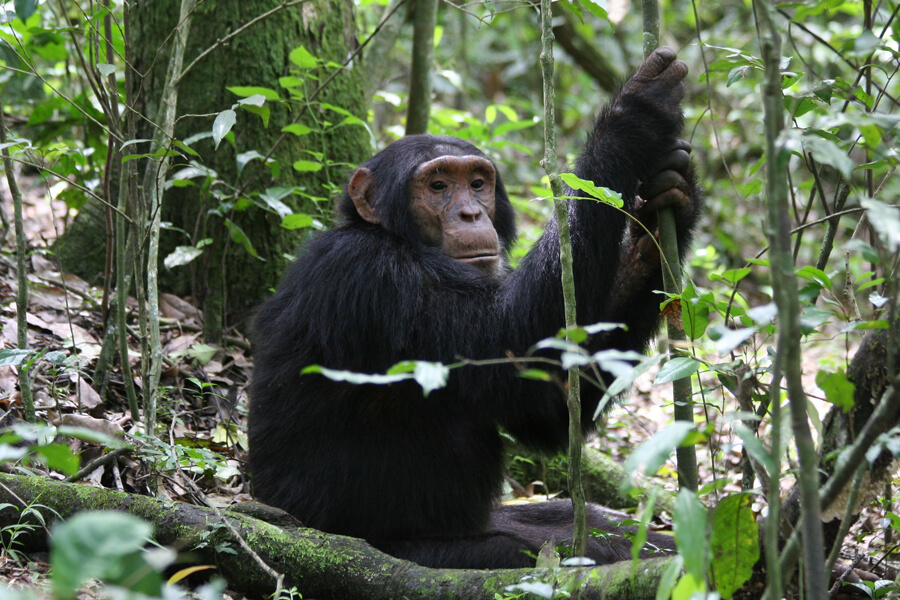
Interesting Facts About Chimps
1. How Big Is A Chimp
On average, an adult chimpanzee stands at a height of 4 feet and 11 inches, with males being bigger than females. In rare cases, a chimpanzee could reach a height of 5 feet 6 inches while standing.
In the wild, male chimpanzees often weigh between 40 and 70 kilograms while females weigh between 27 and 50 kilograms.
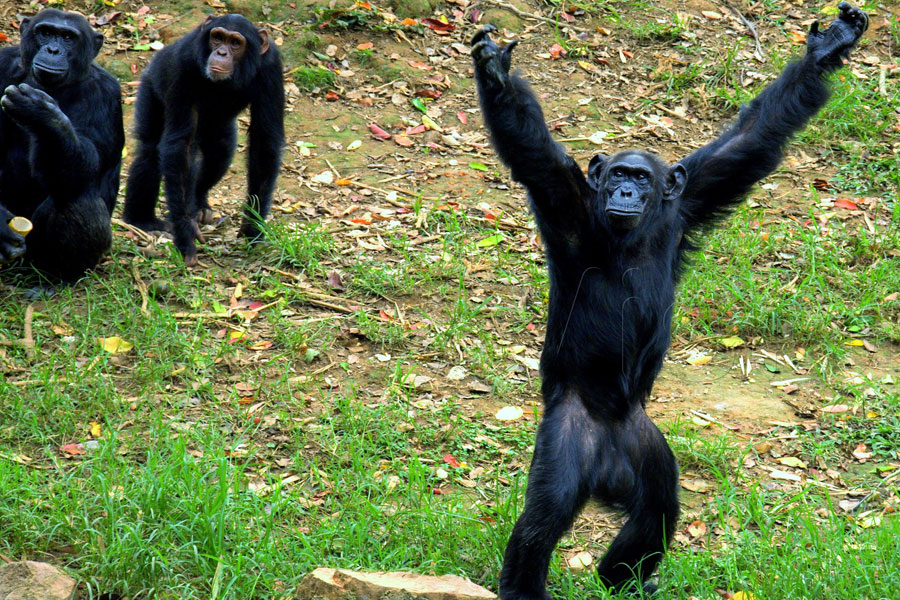
2. What Is Related To Chimps?
Chimpanzees are a species of great ape, and their relatives include gorillas, bonobos, and humans. Chimps share 98% of their DNA with humans and are the closest animal relatives to humans. The DNA of a chimp is closer to that of a human than it is to that of a gorilla.
Current DNA research has proved that chimpanzees are the closest relative to humans, and the two might have split from a common ancestor around 6 million years ago. The lineage of humans and chimps diverged from gorillas, and that is why chimps and slightly more human than gorillas.
3. Do Chimps Get Sick?
Chimpanzees get sick and can very quickly catch human diseases. Most contagious diseases can very easily transfer to chimps.
This is why when the COVID-19 pandemic hit in 2020, all trips to see chimpanzees in the wild were stopped until stricter measures could be enforced. Humans can equally contract diseases from chimpanzees. This is also why younger people are not allowed to see chimpanzees in the wild.
4. How Many Chimps Live In One Group?
Chimpanzees reside in communities of diverse sizes, ranging from 20 to over 100 individuals. They predominantly move in smaller groups, often consisting of individuals of comparable age or sex.
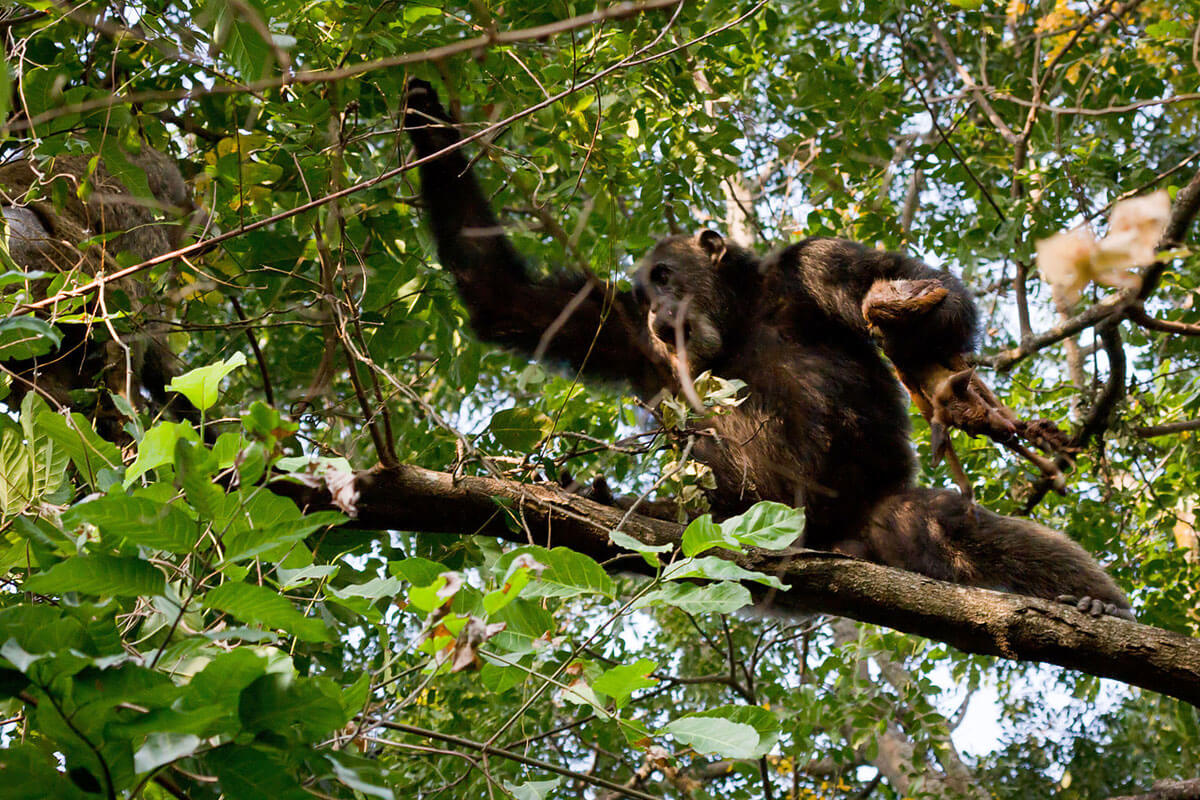
5. What Do Chimps Eat?
Chimpanzees eat everything, but the majority of their diet consists of fruits. More than 60% of a chimp's diet is comprised of fruits but a chimp will also eat leaves, buds, roots, blossoms, seeds, and bark.
Chimps also eat honey, insects, birds, and small to medium-sized animals including other primates like monkeys and baboons. Being able to eat a wide variety of food is why chimpanzees can be described as omnivorous frugivores.
Related article: What do chimps eat in the wild?
6. Are Chimps Intelligent?
Chimpanzees are very intelligent animals and have been observed to use tools, learn sign language, and exhibit stable personality types.
The most impressive display of a chimpanzee's intelligence is the well-organized social structure within each group.
7. How Long Do Chimps Live?
In the wild jungle, chimpanzees can live up to 50 years but most of them usually live for 25 to 30 years. In the captive environment of a zoo or sanctuary, a chimp will live longer and reach around 60 years.
The oldest captive chimpanzee to be documented lived for 66 years.
Related article: Comparing the lifespan of African Wildlife
8. How Do Chimps Communicate
Chimpanzees communicate through facial expressions, vocalizations, and gestures. Chimps can hoot, roar and grunt - and males express their excitement by standing upright.
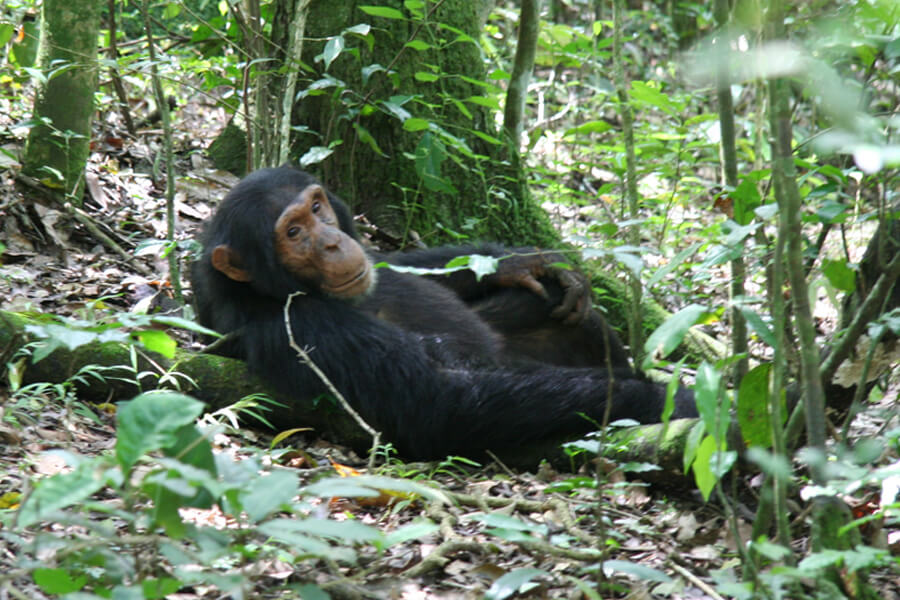
9. How Do Chimps Look After The Young
A baby chimp is born after a pregnancy of 8 months and the mother is the primary care provider. Mothers provide food, warmth, and protection as well as teach the young chimps some skills necessary for survival in their wild environment.
Infancy goes on for about 5 years when the juvenile chimp interacts with other community members more and more.
10. Where Do Chimps Live
Chimpanzees are very adaptable species and can live in a variety of environments, from savannah, forest, montane, and swamp forest. Chimps are widely spread in forest and savannah areas of tropical Africa.
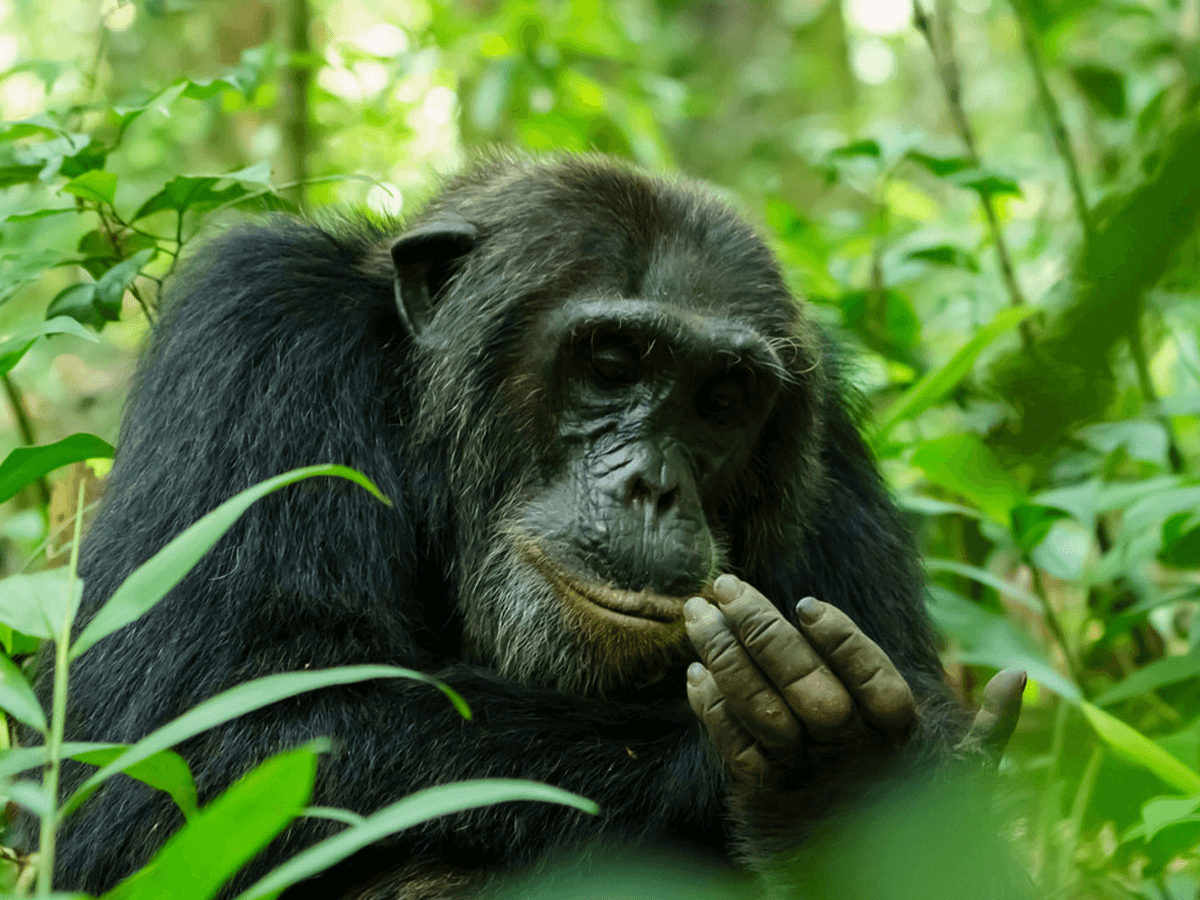
You can find chimpanzees in the wild areas of Eastern, Central, and Western Africa such as Tanzania, Uganda, DRC, Rwanda, Cameroon, Ghana, and Gabon among others. Uganda's Kibale National Park is regarded as the best place globally for wild chimps because it is home to more than 5000 individuals.
Related article: Chimpanzees' wild habitat. Where chimps live freely in Africa
11. Are Chimps In Danger?
According to the International Union for the Conservation of Nature (IUCN), chimpanzees are an endangered species. This means that without active work to protect the chimps and their habitat, the risk of extinction is looming.
12. What Threats Face Chimps?
The main threat to the survival of chimpanzees is human factors such as poaching, habitat loss, and diseases. Shrinking natural habitats brings humans are chimps in closer contact and this leads to the transmission of diseases, and poaching as well as accelerated habitat loss for agriculture, and mining among others.
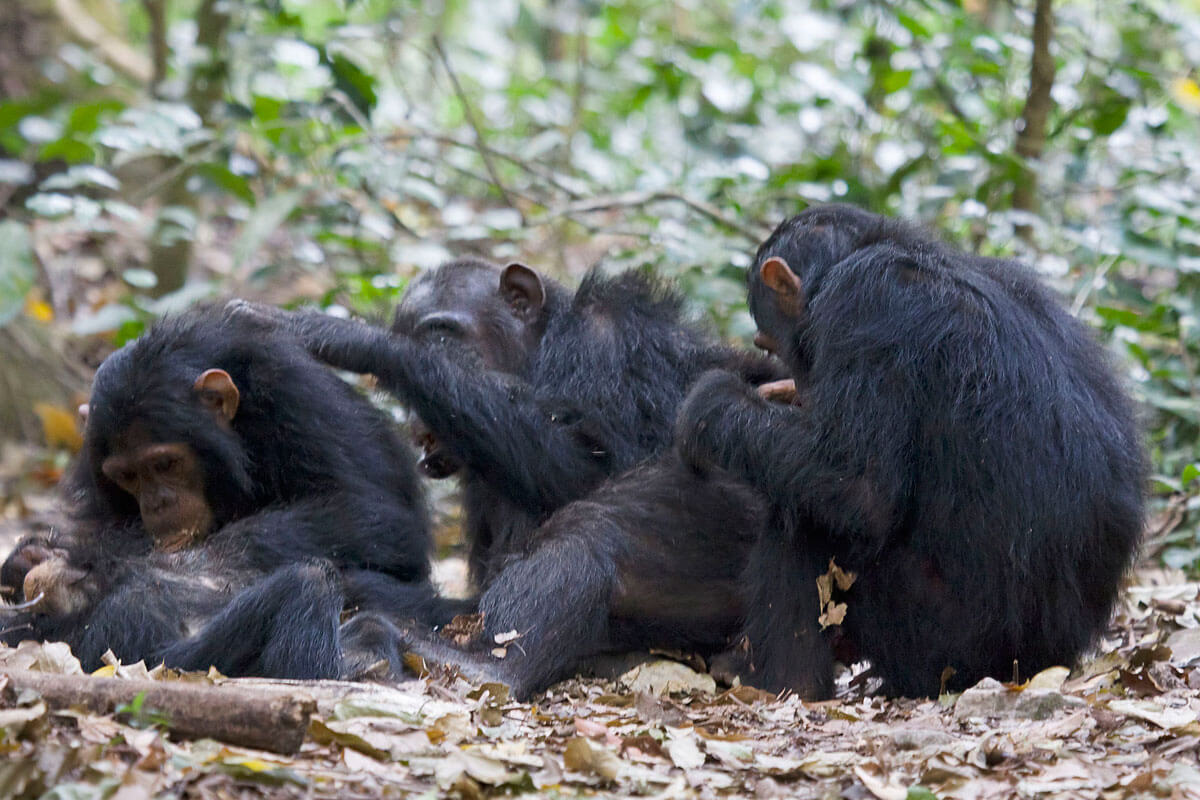
13. How Many Chimps Are Left In The Wild
It is estimated that there are between 170,000 and 300,000 chimpanzees living in the wild. Current data from the IUCN indicates that the population of chimpanzees is continuing to decrease.
Final Thoughts
We hope you enjoyed learning these things about our animal cousins. The best experience is seeing the chimps in their natural habitat as they hoot, groom each other and take care of their young ones.
If you can go on a safari, include chimps on your bucket list because you will enjoy the experience, and contribute towards the efforts to conserve their habitat.
